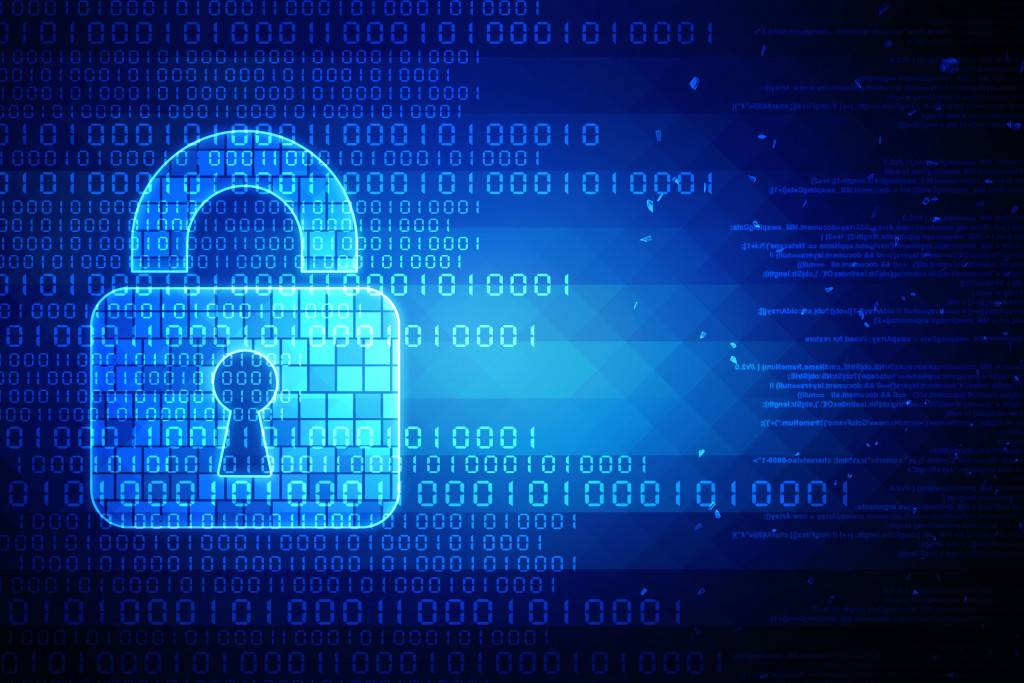With technology racing at fast speeds, so are criminals. Here we are not talking about mere burglars or thieves looking to steal your computers and physical components. Threats like ransomware and spyware target large amounts of data and can stop the progress of any industry. Such threats can disrupt the smooth functioning of all kinds of businesses today.
The sensitivity of the information further heightens the threats. It may be surprising to note that cyber threats are not limited to private enterprises, but government data is also at stake. The malware works by encrypting the victim organization’s files. File retrieval becomes increasingly difficult when such an attack takes place. In the case of ransomware, the host who has attacked your network and files holds the key and might demand a ransom to de-encrypt them.
As you step into the year 2022, learn about various modalities to protect your organization from cybersecurity attacks.

Install an Active Firewall
A firewall is a security device, and it can either be hardware or software. It can help protect your network by filtering traffic and blocking unauthorized users from gaining access to the network. Apart from blocking unwanted traffic, a firewall also helps to block malicious software. You will find such mechanisms providing different layers of protection and security. The key to determining is how much percentage of protection you need.
An active firewall can help keep your system and network secure while acting as a barrier between your computer systems and the internet. Most operating systems and security software come with pre-installed firewalls. It is always advisable to keep them turned on.
Increase Endpoint Defense Mechanism
As an aftermath of the pandemic, you will find a large chunk of the IT workforce working remotely. The traditional security models relied on what company experts call Perimeter security. Perimeter security’s main idea was to secure the boundaries. The contents within the boundary were automatically trusted. Firewalls and proxy servers work in this manner. However, the sudden shift of a considerably large workforce to remote working has challenged this security.
Most laptops, desktops, and devices, worked from within the safe perimeters of the office environment. However, the worker working from home face new challenges. Business users and their endpoint systems are operating under less supervision. And, cybercriminals have kept a close watch on such occurrences. Ransomware attacks have increased in proportion to the past today. Most companies in the IT arena are taking due notice of endpoint security from a new light. All of this comes under the purview of network management. You can also include patches, upgrades, network maintenance along with these. Such services can give a new meaning to your company’s network.
Enhance email security
To make your office networks safe and secure from external invasions, installing third-party apps to scan emails before opening them is always advisable. Apart from that, anti-phishing tools can also help. You should know that copies of emails are stored on several servers. Even after the sender and the recipient delete an email, multiple copies still exist. This is how data breaches occur. Therefore, it is advisable to create your security questions while setting up an email.
The answer should be complicated to figure out, if not impossible. Set up strong passwords for email ids to help defer cyberattacks. Today multi-factor authentication has come to the fore. This ensures better email security. The 2FA method includes a code sent to the mobile phone for a second authorization. You can also try out email encryption.
Apply Zero-trust Security
You can also incorporate a zero-trust security model for your IT systems. It may be inside or outside the organization. There should be no traditional network edge. This framework helps secure the infrastructure and data for today’s modern digital era. Furthermore, you can address all the modern challenges your organization faces with the help of such a model. It can secure remote workers, hybrid cloud environments, and threats of various sorts.
To verify all user systems, you need to have an advanced framework that combines new-age technologies and multi-factor authentication factors, ID protection, and robust cloud network security. It is a step ahead of the ‘trust but verifies’ mechanism. The old methods need to be left out to make the entire network safe and secure. It also dictates that organizations continuously monitor and validate end-user data and device privileges.
These are the various ways to incorporate into your organization’s IT and security infrastructure. With more attacks, readiness is required to mitigate them. Preparedness is the key here and can make any organizations reverse the damage with minimal intervention.


